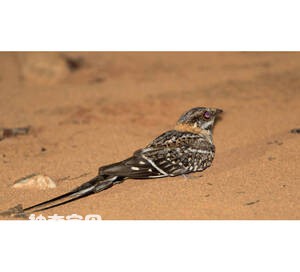
Hydropsalis torquata
Hydropsalis torquata,Scissor-tailed Nightjar
Hydropsalis torquata, or Scissor-tailed Nightjar, is unknown.Protect wild an···
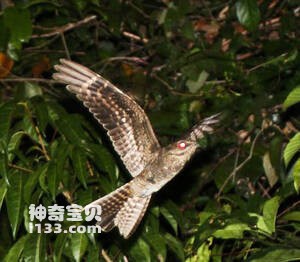
Hydropsalis climacocerca
Hydropsalis climacocerca,Ladder-tailed Nightjar
The behavior of the Ladder-tailed Nightjar (Hydropsalms climacocerca, ladder···
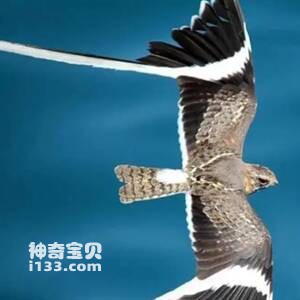
Macrodipteryx vexillarius
Macrodipteryx vexillarius,Pennant-winged Nightjar
Macrodipteryx vexillarius, Pennant-winged Nightjar. It has a pair of long fe···
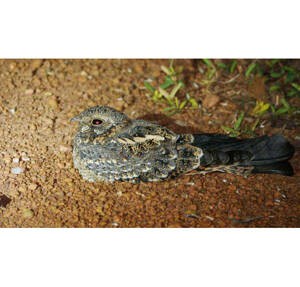
Macrodipteryx longipennis
Macrodipteryx longipennis,Standard-winged Nightjar
Macrodipteryx longipennis (also known as Standard-winged Nightjar) is a four···
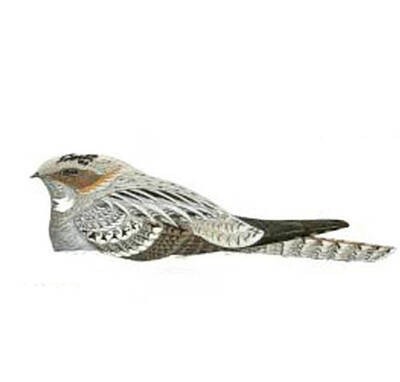
Eurostopodus exu
Eurostopodus exul,New Caledonian Nightjar
The behavior of the New Caledonian Nightjar (Eurostopodus exul) is unknown.T···
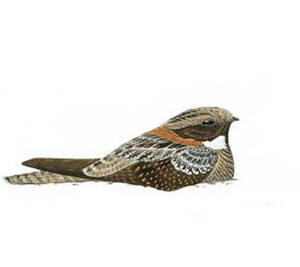
Eurostopodus nigripennis
Eurostopodus nigripennis,Solomons Nightjar
The specific habits of the Solomons Nightjar (Eurostopodus nigripennis) are ···
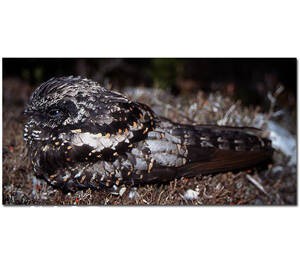
Eurostopodus archboldi
Eurostopodus archboldi,Archbold's Nightjar
Eurostopodus archboldi (Archbold's Nightjar) is a species of woolly-legg···
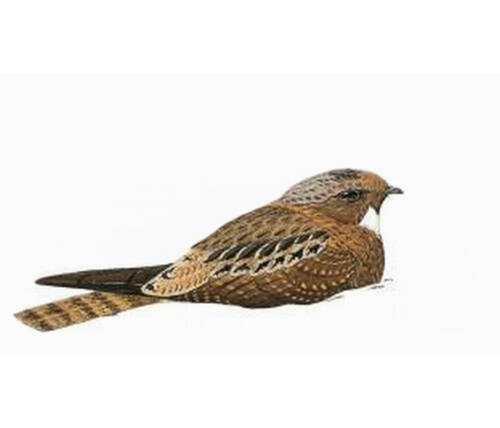
Eurostopodus papuensis
Eurostopodus papuensis,Papuan Nighthqwk
Papuan Nighthqwk is known by its scientific name Eurostopodus papuensis and ···
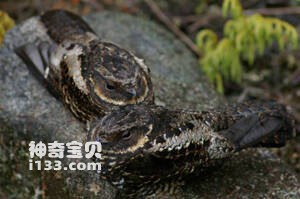
Eurostopodus diabolicus
Eurostopodus diabolicus,Satanic Nighthqwk
Eurostopodus diabolicus and Satanic Nighthqwk are unknown.Protect wild anima···
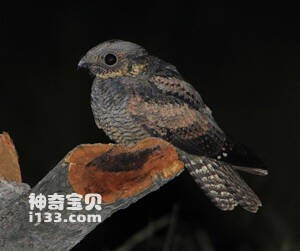
Eurostopodus mystacalis
Eurostopodus mystacalis,White-throated Nighthqwk
Eurostopodus mystacalis and White-throated Nighthqwk are unknown.Protect wil···

Eurostopodus argus
Eurostopodus argus,Spotted Nighthqwk
The name Eurostopodus argus, Spotted Nighthqwk, is unknown.Protect wild anim···
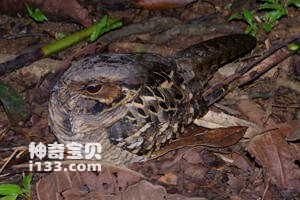
Eurostopodus temminckii
Eurostopodus temminckii,Malaysian Eared Nightjar
The name Eurostopodus temminckii and Malaysian Eared Nightjar are unknown.Pr···
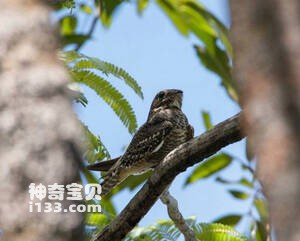
Chordeilespusillus
Chordeilespusillus,Least Nighthqwk
Chordeilespusillus, Least Nighthqwk, unknown.Protect wild animals and elimin···
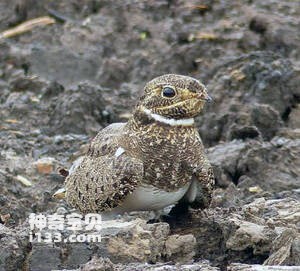
Podager nacunda
Podager nacunda,Nacunda Nighthqwk
The name is Podager nacunda, and the foreign name is Nacunda Nighthqwk.Prote···
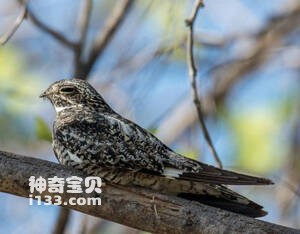
Chordeiles gundlachii
Chordeiles gundlachii,AntilleanNightjar
The name Chordeiles gundlachii and the foreign name AntilleanNightjar are un···
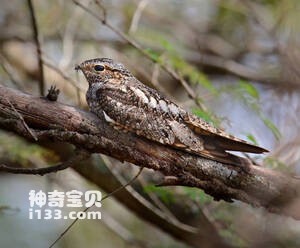
Chordeiles acutipennis
Chordeiles acutipennis,Lesser Nighthqwk
Chordeiles acutipennis and Lesser Nighthqwk are unknown.Protect wild animals···
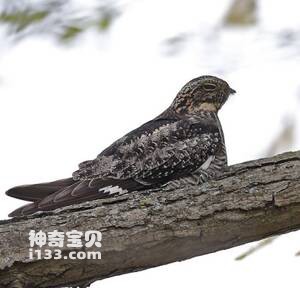
Chordeiles minor
Chordeiles minor,Common Nighthawk
Chordeiles minor, Common Nighthawk, has nine subspecies. In Louisiana, the s···
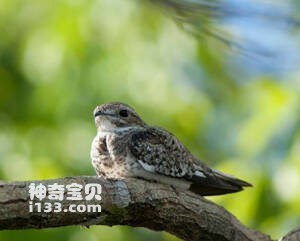
Chordeilesrupestris
Chordeilesrupestris,Sand-colored Nighthawk
Chordeilesrupestris, Sand-colored Nighthawk, is unknown.Protect wild animals···
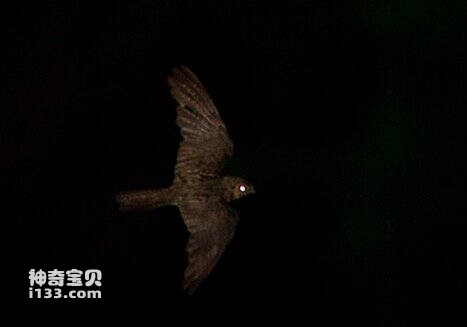
Chordeiles vielliardi
Chordeiles vielliardi,Bahian Nighthqwk
Chordeiles vielliardi and Bahian Nighthqwk are unknown.Protect wild animals ···
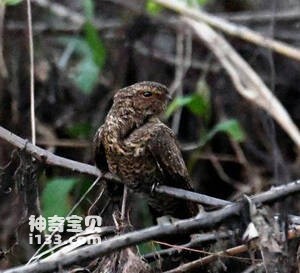
Nyctiprogne leucopyga
Nyctiprogne leucopyga,Band-tailed Nighthawk
Its scientific name is Nyctiprogne leucopyga, and its foreign name is Band-t···
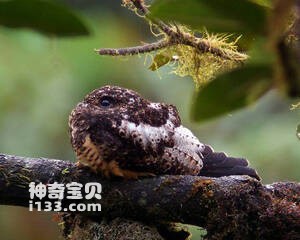
Lurocalis rufiventris
Lurocalis rufiventris,Rufous-bellied Nighthqwk
Its scientific name is Lurocalis rufiventris and its foreign name is Rufous-···
